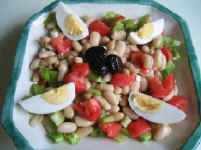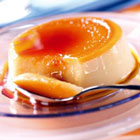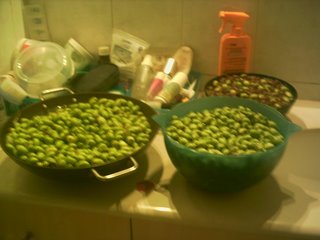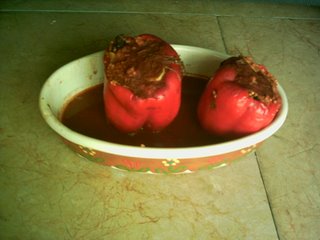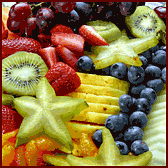Not much cooking this week… we were not home. Locked up the door, gathered some clothes up in a suitcase and went off to beautiful Istanbul, once capital of the vast, corrupt, excessive Ottoman empire.
Istanbul is beautiful. That can be read in any tourist guide. The city showcases the magnificent architecture of Sinan, a genius employed by Suliman the Magnificent for planning gorgeous mosques with blue domes and sharp-pointed minarets. The insides of the mosques are also beautiful; in the absence of religious imagery, Muslim artists perfected calligraphy and did wonders with it.
Now, as to the food (that’s what we’re all here for, after all): we were warned that there would be no vegetarian options. And, we were warned that the food is not hygienic and we should exercise great care in eating. The first of these warnings is a myth and has been thoroughly debunked. We ate plenty of very good vegetarian food. Fresh salads are available everywhere; and so are various interesting dishes made with beans, rice, eggplant, and excellent yogurt. A good example is the wonderful kidney bean salad in the picture, which you can find in this Turkish recipe website. The second, however, should be remembered well. While travellers with iron-clad stomachs will probably feel okay even eating things in the street, folks with some sensitivity to food might experience diahorrea, nausea, or (as in my glorious case) a combination of the two.
What do you do when you get food poisoning or sensitivity on a trip?
My suggestion: eat nothing. The body needs some time to work things out and get well again. Drink plenty of clean good-quality water, supplementing it occasionally with something sweet, like some honey or a date or raisins (so you can keep your energy). The stomach needs some rest and it will eventually sort itself out. When you feel a bit better, often on the second day, the Mapa Guide for Natural Healing recommends eating some fruit, drinking some juice, and having some bio yogurt and/or mashed potatoes. Following these instructions, I recovered within two days, and though they weren’t very pleasant, they taught me something about the body’s ability to clean out agents that cause toxicity and bad sensations.

